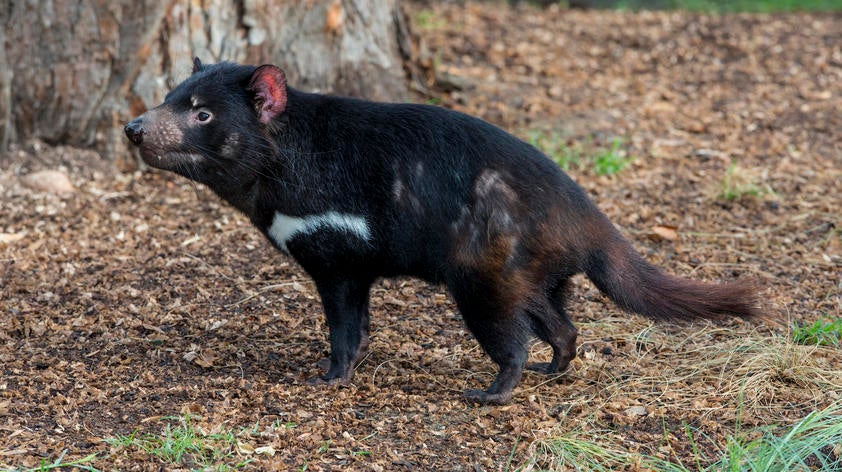
Using advanced computer science techniques to save the Tasmanian Devil
In an effort to stop the spread of Devil Facial Tumor Disease (DFTD) in Tasmanian Devils and boost the existing population, San Diego Zoo Global is partnering with the Save the Tasmanian Devil Program, and the University of Saskatchewan CEPHIL lab to build a computer model which uses advanced techniques to make use of new data as it becomes available and give up to date predictions.
The technique used is called Particle Filtering. Particle Filtering allows us to utilize new data as soon as it is collected to generate more accurate predictions with the model. It is similar to using machine learning to update our predictions in real-time.
First, a computer model is built to predict the historic and future state of the Tasmanian Devil population, (see our blog post from June 2019). This model is then used as a basis for the Particle Filter. Each particle contains a complete copy of the model with slightly different assumptions, such as different probabilities that a contact between two animals will spread the disease. Thousands of these Particles, or copies of the model, are created to cover a wide range of possible assumptions.
Together, they create a Particle Filter.
All Particles are then updated with actual observations from biologists on-the-ground in Tasmania. When data from wild Tasmanian devils are recorded, the Particle Filter updates.
The Particles, which better reproduce the observations, will get a higher weight (influence). Particles with high weight will be used further, whereas particles with low weight might be dropped altogether as they are too infeasible. New data can be streamed into the model as it becomes available, allowing the model to update in real time.
Particle Filtering is an advanced programming technique that allows us to utilize new data as soon as it is collected. Its application will generate more accurate predictions about the future of the Tasmanian devil population affected by disease and allow us to design better interventions to save the species.
Paul Lamp, graduate student in Computer Science at the University of Saskatchewan.













